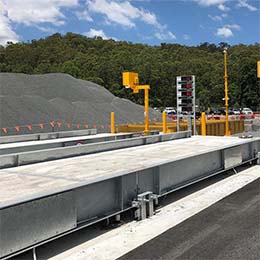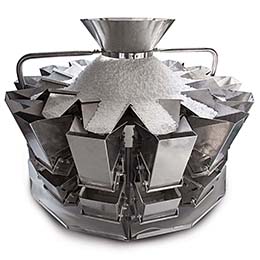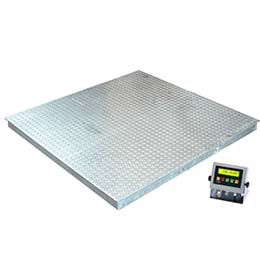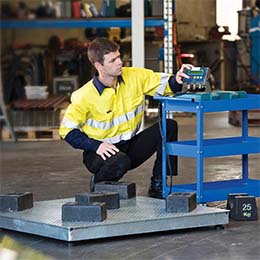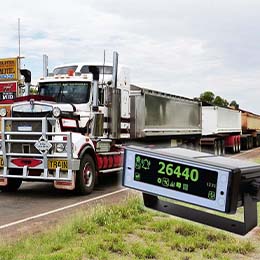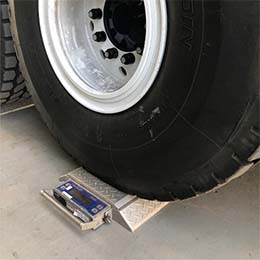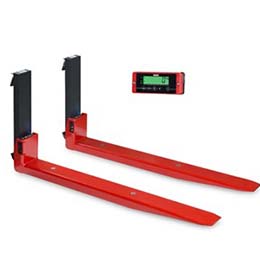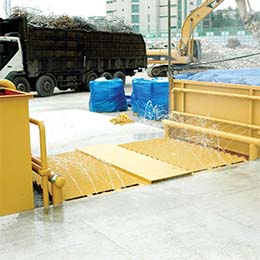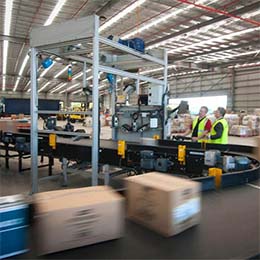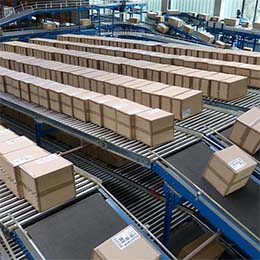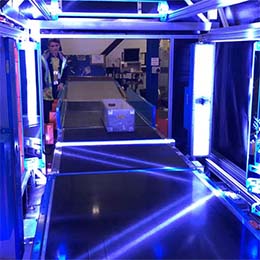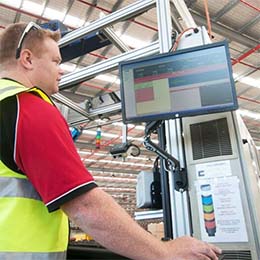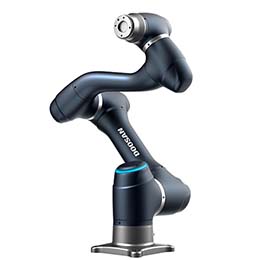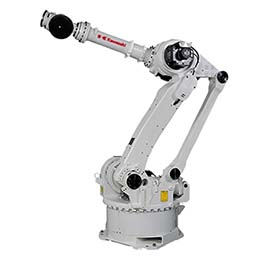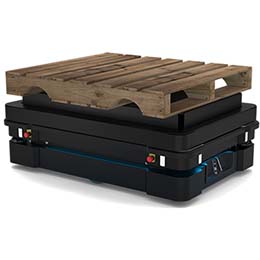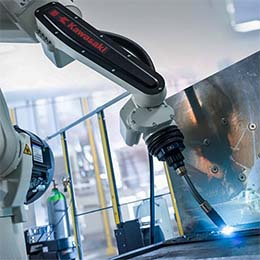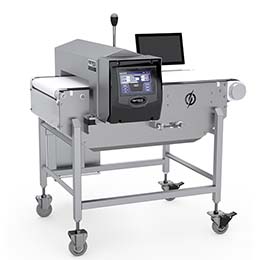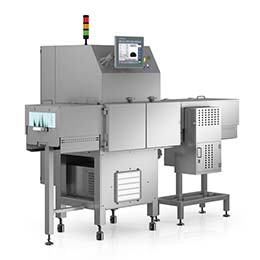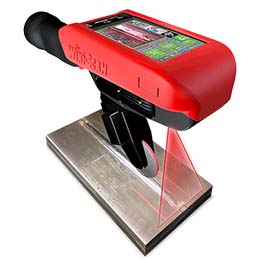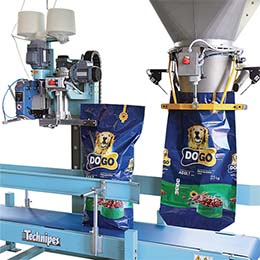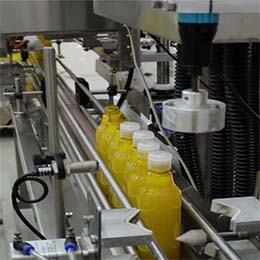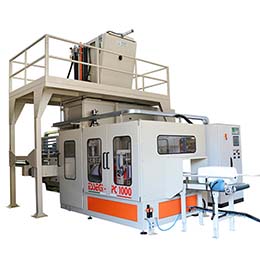A gross bagger is suitable for bagging most types of product including dry, granulated, lumpy, crushed or some powdered products and into bags up to 50kg capacity. The system consists of a bag spout that is fully suspended on precision loadcells, bag clamp that holds the bag while filling and a controller that monitors the weighing and flow of product. A gross weigher weighs the bag and its contents to obtain a total weight.
A dedicated weight controller ensures that accuracy is achieved using free fall compensation and two stage fill.
Operation
The operator starts the fill by placing a bag onto the bag spout and activating a foot, hand operated switch or negative pressure sensor. This activates the bag clamp and the dual acting pneumatic ram that opens the upper supplyhopper gate to its fully open position. This could also be a feed conveyor, an auger or vibrating tray (depending on the product). The product flow commences and is monitored by the controller.
When the first set point is reached (eg 28kg for a 40kg bag) a signal is sent to the solenoid of the pneumatic ram to close to the dribble feed position (approx 80% closed). This allows for better control of product to achieve the accuracy required.
When weight controller has reached the second set point target (approximately 39.6kg for a 40kg bag) a signal shall be sent to the solenoid to close the gate and stop the supply of product. The material that continues to fall after the gate closure is called free fall and when this settles the required weight of 40kg is reached. All the set points are easily adjusted to achieve the accuracies and the number of bags required.
The number of bags per minute can be increased by reducing the dribble feed time but this could jeopardise the accuracy. It is critical to adjust all set points and timing to obtain the maximum output and accuracy. A gross bagger producing 40kg bags is capable of 6-8 bags per minute with a fee flowing product like wheat or peas.
As the gross bagger is not a Trade Approved weighing device, a trade approved check scale is required to check the final bag weight after filling. The dribble feed limit is usually adjusted to achieve the final weight and accuracy.
A foot or hand switch is activated to release the bag onto a conveyor for sewing or sealing. This switch is selectable to operate manually if required. For example, the bag can automatically drop when the target weight is achieved.
Specific batch controllers can monitor and report the bag count, total tonnage and even under and over weight bags supplied. This is ideal for production reporting and stock control.
Closure
Once the bag with product is released it is transferred along on a conveyor system to a bag closing station. This can be a sewing machine or a sealer or both. Bags can have a plastic liner that can be heat sealed pushed into a poly woven bag and then sewed to complete the sealing.
This can be performed by the bag filling operator that follows the bag along the conveyor but this slows down the production rate. A designated sewer operator can complete this task or a top former machine can close the bag and present it to the sewing machine or sealer. This saves the expense of one operator.

